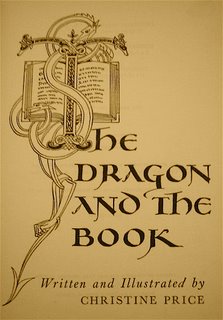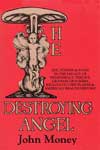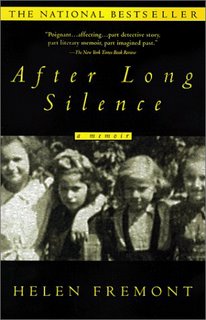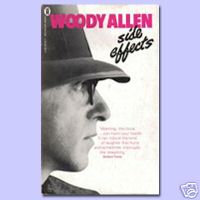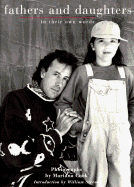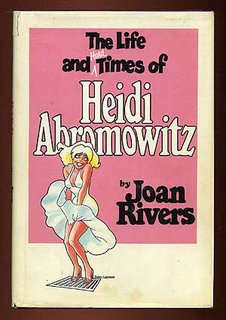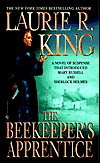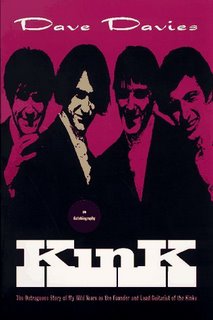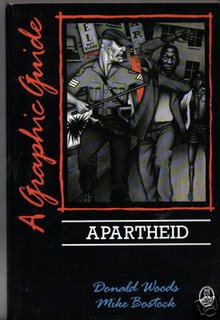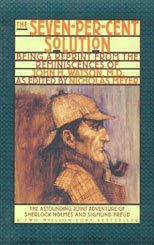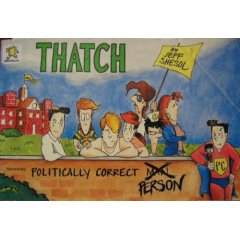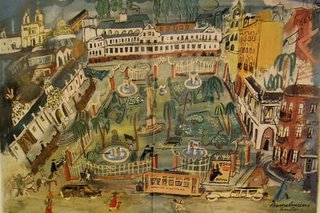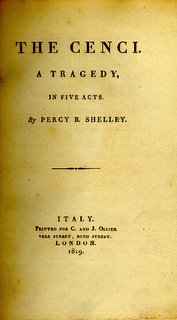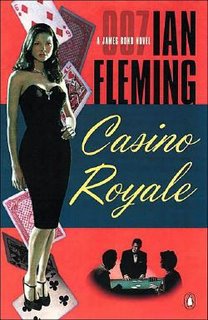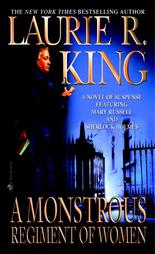
A Feast Unknown. Philip Jose Farmer
A Feast Unknown by Philip Jose Farmer may not be everybody's cup of tea. There is a lot of graphic descriptions of both violence and male sexual arousal. Yet if the reader is open-minded enough to get past these, this is a well crafted adventure novel by one of the masters of the field.
The novel pits Farmer's versions of Tarzan and Doc Savage against each other in a fight to the death over the secret of eternal life. Farmer calls these foes Lord Grandrith and Doc Caliban, and tells the story from the point of view of Grandrith. Also, it turns out there is another secret these two share that they must discover before they kill each other.
There are enough explosions, deaths, and dismemberments for a summer Hollywood adventure blockbuster, but Farmer has added a strange twist to the story that makes this risky material for the screen. As the novel opens, Grandrith finds that he becomes physically aroused to the point of climax whenever he kills someone. This is very distracting for him, as he must outwit his most deadly enemies while his body is being drawn towards other feelings.
This is difficult material to handle and Farmer does it superbly, and with a touch of humor, while keeping the excitement level high. Leave it to the creator of Riverworld to invent such a fantastic story line and carry it off superbly from beginning to end.
Is this the original slash fiction (fan writings involving fancied romantic liaisons between fictional male companions)? Most articles about slash trace it back to 1970s fan fiction depicting romantic adventures between Star Trek's Kirk and Spock. A Feast Unknown was first published in 1969, a date that precedes the earliest dating for slash so far. However, regardless of whether this novel has anything to do with slash fiction, it is a great work on its own terms that was certainly groundbreaking at the time and can still be controversial to this day.


